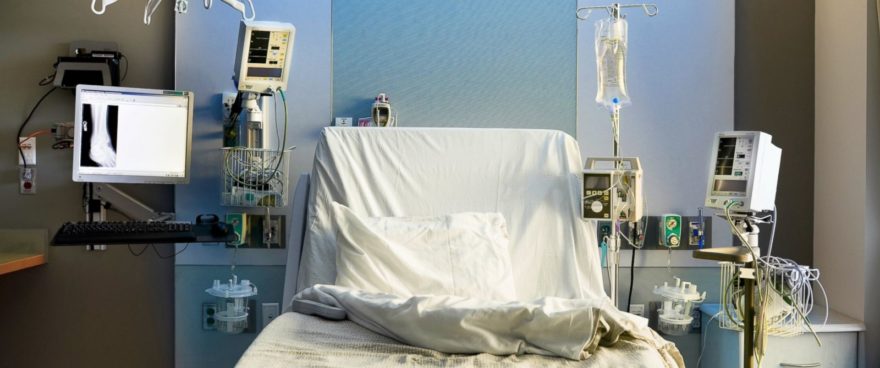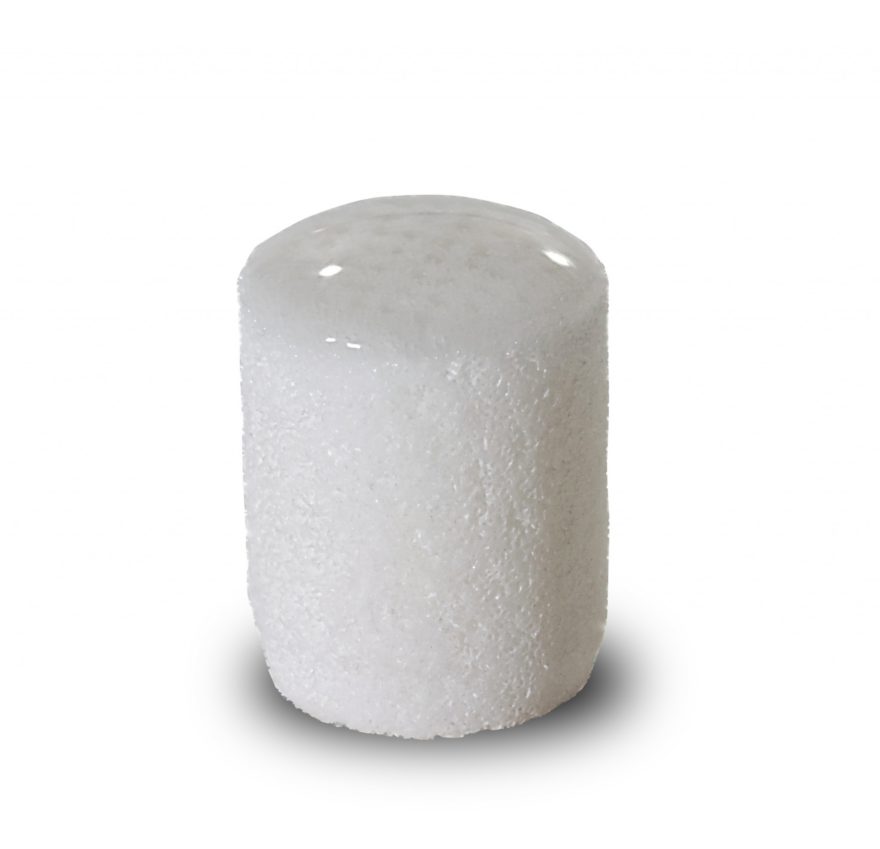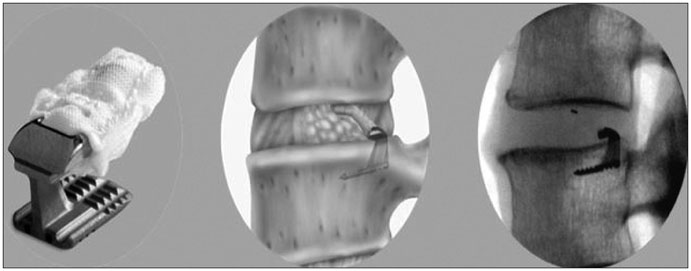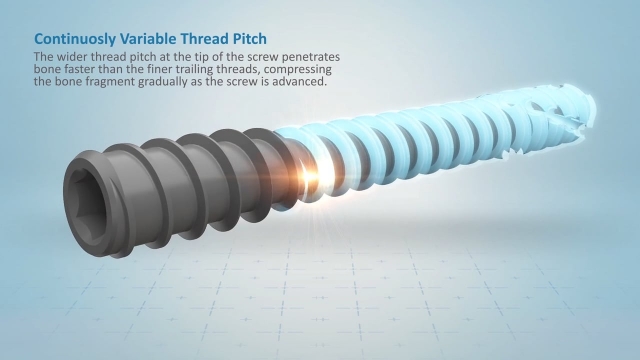The federal government has cut payments to 769 hospitals with high rates of patient injuries, for the first time counting the spread of antibiotic-resistant germs in assessing penalties.
The punishments come in the third year of Medicare penalties for hospitals with patients most frequently suffering from potentially avoidable complications, including various types of infections, blood clots, bed sores and falls. This year the government also examined the prevalence of two types of bacteria resistant to drugs.
Based on rates of all these complications, the hospitals identified by federal officials this week will lose 1 percent of all Medicare payments for a year — with that time frame beginning this past October. While the government did not release the dollar amount of the penalties, they will exceed a million dollars for many larger hospitals. In total, hospitals will lose about $430 million, 18 percent more than they lost last year, according to an estimate from the Association of American Medical Colleges.
The reductions apply not only to patient stays but also will reduce the amount of money hospitals get to teach medical residents and care for low-income people.
Forty percent of the hospitals penalized this year escaped punishment in the first two years of the program, a Kaiser Health News analysis shows. Those 306 hospitals include the University of Miami Hospital in Florida, Cambridge Health Alliance in Massachusetts, the University of Michigan Health System in Ann Arbor and Mount Sinai Hospital in New York City.
Nationally, hospital-acquired conditions declined by 21 percent between 2010 and 2015, according to the federal Agency for Healthcare Research and Quality, or AHRQ. The biggest reductions were for bad reactions to medicines, catheter infections and post-surgical blood clots.
Still, hospital harm remains a threat. AHRQ estimates there were 3.8 million hospital injuries last year, which translates to 115 injuries during every 1,000 patient hospital stays during that period.
Each year, at least 2 million people become infected with bacteria that are resistant to antibiotics, including nearly a quarter million cases in hospitals. The Centers for Disease Control and Prevention estimates 23,000 people die from them.
Infection experts fear that soon patients may face new strains of germs that are resistant to all existing antibiotics. Between 20 and 50 percent of all antibiotics prescribed in hospitals are either not needed or inappropriate, studies have found. Their proliferation — inside the hospital, in doctor’s prescriptions and in farm animals sold for food — have hastened new strains of bacteria that are resistant to many drugs.









